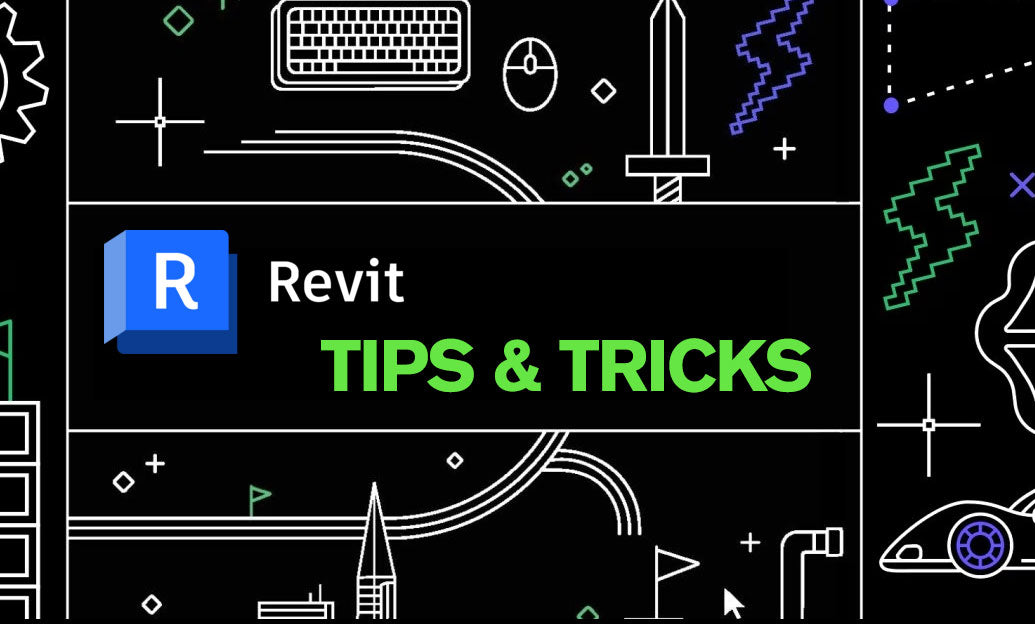Your Cart is Empty
Customer Testimonials
-
"Great customer service. The folks at Novedge were super helpful in navigating a somewhat complicated order including software upgrades and serial numbers in various stages of inactivity. They were friendly and helpful throughout the process.."
Ruben Ruckmark
"Quick & very helpful. We have been using Novedge for years and are very happy with their quick service when we need to make a purchase and excellent support resolving any issues."
Will Woodson
"Scott is the best. He reminds me about subscriptions dates, guides me in the correct direction for updates. He always responds promptly to me. He is literally the reason I continue to work with Novedge and will do so in the future."
Edward Mchugh
"Calvin Lok is “the man”. After my purchase of Sketchup 2021, he called me and provided step-by-step instructions to ease me through difficulties I was having with the setup of my new software."
Mike Borzage
Revit Tip: Enhance Building Sustainability with Revit's Solar Design Tools
June 08, 2025 2 min read

Enhance your building's sustainability by effectively managing solar design in Revit. Utilizing solar design tools ensures optimal energy performance and occupant comfort.
- Set Accurate Geographic Location: Begin by setting the correct geographic location for your project. Accurate location data is essential for reliable solar analysis. NOVEDGE offers resources to help you determine precise coordinates.
- Use Solar Studies: Revit's solar study feature allows you to simulate sunlight exposure throughout the year. This helps in assessing shading impacts and optimizing window placements for maximum daylighting.
- Implement Sun Path Diagrams: Incorporate sun path diagrams into your design process to visualize the sun's movement. This assists in designing effective shading devices and adjusting building orientation for better solar gain management.
- Integrate with Energy Analysis Tools: Combine Revit's solar design capabilities with energy analysis tools to evaluate the building's overall energy performance. NOVEDGE provides advanced tools that can be integrated seamlessly with Revit.
- Optimize Shading Devices: Design and place shading devices such as overhangs, louvers, and fins to control solar heat gain. Proper shading not only reduces cooling loads but also enhances occupant comfort.
- Analyze Daylighting: Utilize Revit's daylighting analysis to ensure that interior spaces receive adequate natural light. This reduces the reliance on artificial lighting and contributes to energy savings.
- Leverage Parametric Families: Create parametric shading families that can be easily adjusted based on solar analysis results. This flexibility allows for quick modifications to meet design requirements.
- Collaborate with Experts: Partner with specialists who understand both Revit and solar design principles. NOVEDGE connects you with professionals who can enhance your project’s solar performance.
- Regularly Update Solar Data: Keep your solar data up-to-date to ensure ongoing accuracy in your designs. Regular updates help in maintaining the reliability of your solar studies and energy analysis.
- Review and Iterate: Continuously review your solar design strategies and iterate based on simulation results. This iterative process leads to more refined and efficient building designs.
By integrating these solar design practices into your Revit workflow, you can create energy-efficient buildings that are both sustainable and comfortable. For more advanced tools and expert guidance, visit NOVEDGE.
```You can find all the Revit products on the NOVEDGE web site at this page.
Also in Design News

Revolutionizing Business: Integrating Design Software with ERP Systems for Seamless Innovation and Efficiency
August 27, 2025 10 min read
Read More
Cinema 4D Tip: Optimizing Polygon Count in Cinema 4D for Enhanced Performance and Visual Fidelity
August 27, 2025 3 min read
Read MoreSubscribe
Sign up to get the latest on sales, new releases and more …



